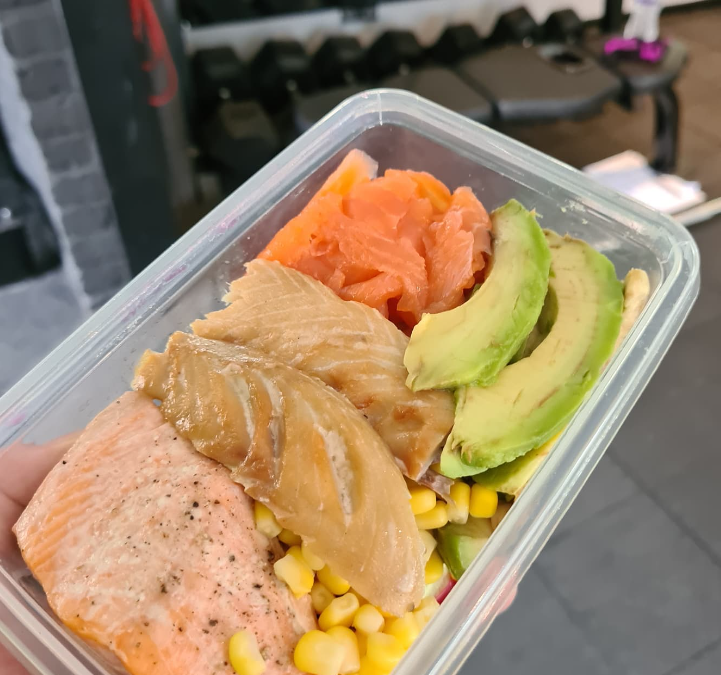What are Macros?
Macros, short for macronutrients, are the primary nutrients that provide energy and perform essential functions in the body. These include:
- Carbohydrates: Provide 4 calories per gram and are the body’s main energy source.
- Proteins: Provide 4 calories per gram and are crucial for muscle repair, tissue building, and overall cellular function.
- Fats: Provide 9 calories per gram and support hormone production, nutrient absorption, and energy storage.
Tracking macros allows for a more precise approach to achieving fitness goals by focusing on nutrient intake rather than just calorie counting.
The 30/30/40 Rule (or 40/30/30)
The 30/30/40 macro ratio refers to a balanced diet where:
- 40% of calories come from carbohydrates
- 30% from protein
- 30% from fats
This ratio is popular for its ability to stabilise energy levels, promote satiety, and support weight loss or muscle maintenance. It is often referred to as the “Zone Diet” and can be adapted based on individual needs.
Best Macros for weight/fat loss
For weight loss:
- Higher protein intake (1.6–2.4g per kilogram of body weight) helps preserve muscle mass during a calorie deficit.
- A common starting point is 40% carbs, 30% protein, and 30% fat, though adjustments may be needed based on personal activity levels and preferences.
- Prioritise nutrient-dense foods like lean proteins, complex carbs (e.g., whole grains), and healthy fats (e.g., avocados).
Best Macros for muscle gain
For muscle gain:
- Protein remains critical at 1.6–2.2g per kilogram of body weight, with some studies suggesting up to 3.4g/kg for trained individuals.
- Carbohydrates should be prioritised to fuel workouts and aid recovery.
- A typical macro split might be 50% carbs, 25–30% protein, and 20–25% fat, ensuring sufficient energy for growth.
Hitting Macros but not calories: what it affects
If you’re hitting your macro targets but not your calorie goals:
- Weight changes may not align with your goals since calorie balance ultimately determines weight gain or loss.
- Body composition could still improve if macros are optimised (e.g., high protein supports muscle retention in a deficit).
- Consistently missing fat macros may affect hormonal health over time, while insufficient carbs can reduce energy levels.
Summary
From a personal trainer’s perspective:
- Tracking macros provides flexibility while ensuring essential nutrients are consumed.
- Macro ratios should be tailored to individual goals, activity levels, and preferences.
- While calorie balance is key for weight management, macro distribution influences whether changes come from fat or muscle mass.
- Long-term success requires consistency, proper resistance training, adequate sleep, and regular adjustments based on progress.
In conclusion, understanding macros empowers individuals to align their nutrition with their fitness goals effectively. Whether aiming to lose fat or build muscle, the right macro balance—combined with calorie control—can make all the difference!
A Personal Trainer is an investment in your health and well-being that can lead to long-term positive effects on your fitness, confidence, and overall health. PT Hale prides itself on being a social and safe space where you can work out individually, or with like-minded people to get the results that you want and deserve – LET’S GO!











